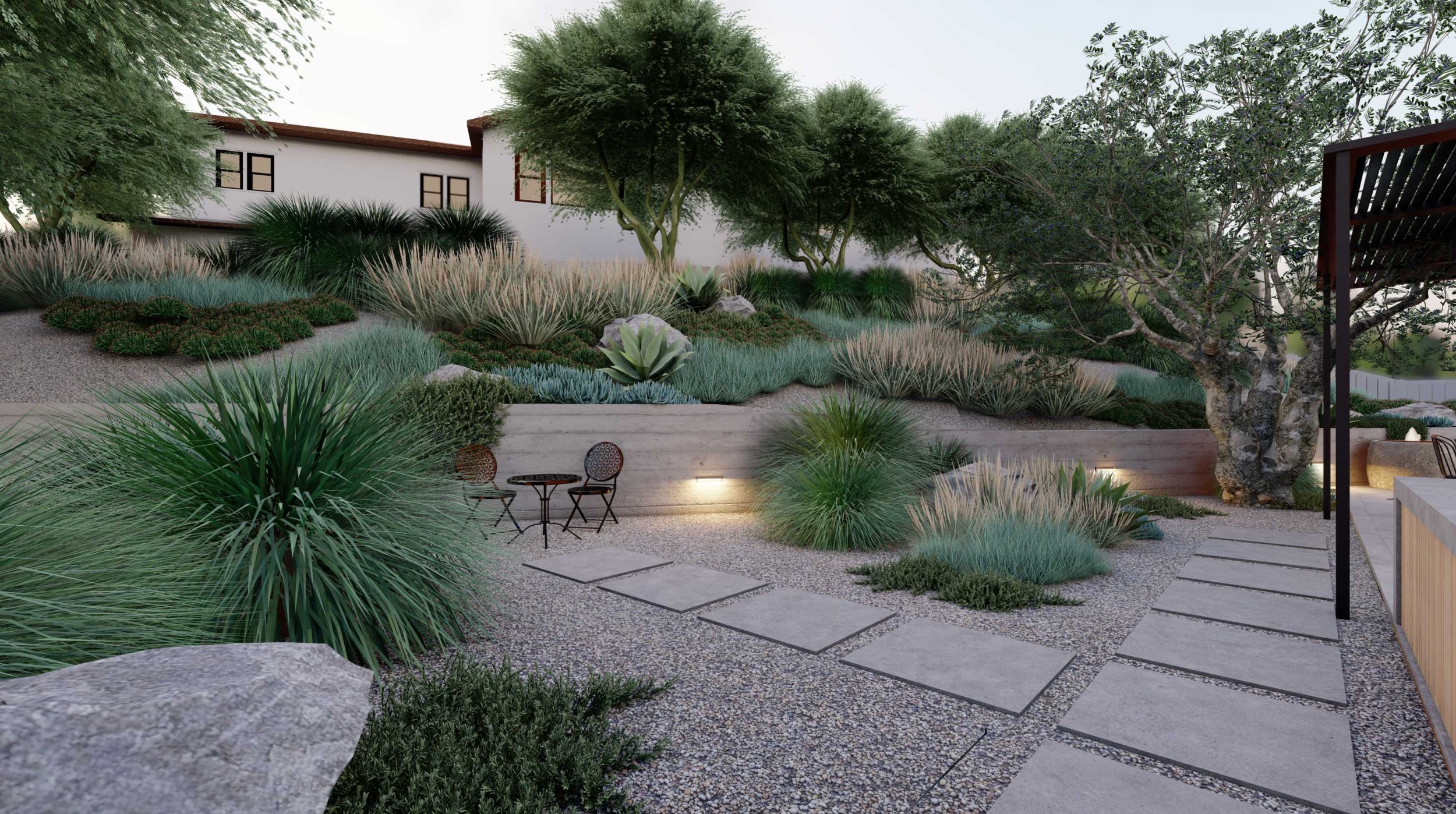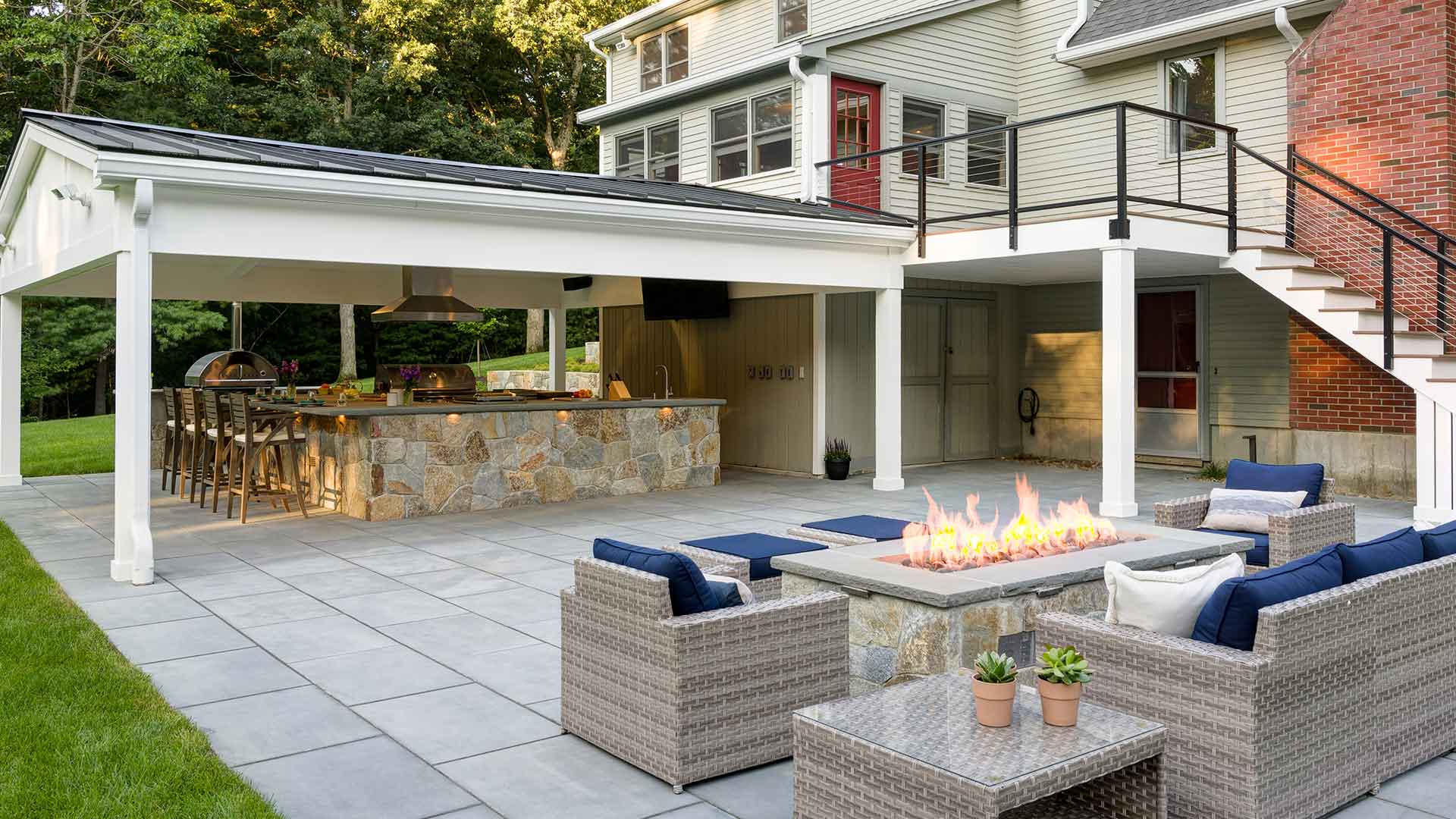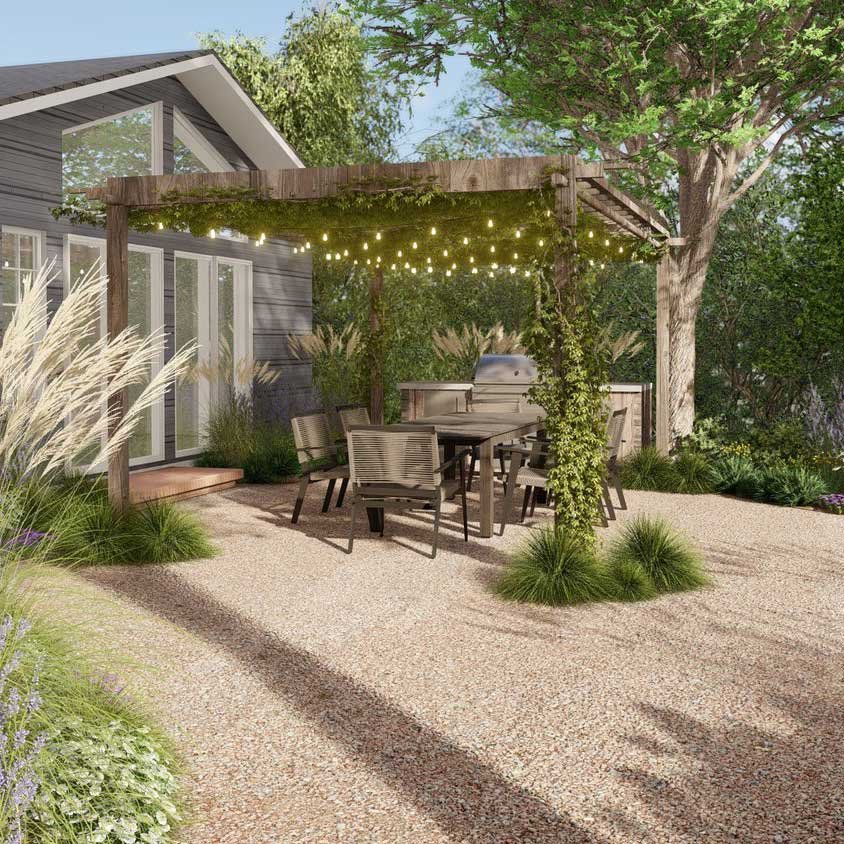Little Known Facts About Landscapers.
Little Known Facts About Landscapers.
Blog Article
Some Known Questions About Landscapers.
Table of ContentsLandscapers Fundamentals ExplainedLandscapers - The FactsSome Known Incorrect Statements About Landscapers 8 Simple Techniques For LandscapersSome Ideas on Landscapers You Need To Know
- A tree or shrub (shrub) that loses its fallen leaves in wintertime. In the PNW there are semi-deciduous or semi-evergreen plants that may lose their fallen leaves relying on just how cool the winter months is. Abelia and some hebe are good instances. Landscapers. - A flat event room, made from timber or composite product (made to resemble wood), typically nearby or affixed to a framework.

- Granite that is weathered to the factor that it is an extremely fine accumulation. This is an all-natural process, and the result can be used for paths and patio areas. Decayed granite is often described as DG. It is specifically helpful in modern landscapes. - Secret landscape features being recommended in a landscape style plan.
All about Landscapers
These goals direct the design procedure, not the designer's style or preferences. Usual style purposes in Portland are low upkeep, dry spell tolerant, and pet pleasant. - Refine for eliminating or thinning the dead reduced degree of a mature grass. Thatch is grass that has actually passed away and gathered below the environment-friendly blades.
Over time this layer can get extremely thick and make it hard for water, sunlight, and nutrients to get to portions of the grass.- The procedure of gathering and managing the flow of water on a residential property. This can be performed with grading, French drains pipes, dry wells, absorptive surfaces, sump pump, rainfall yards, and more.
Quality at the end of hills, with all-natural springs, or complete of hefty clay have the most drainage problems.- A slow feeding watering system that utilizes flexible tubes and emitters to send a specific quantity of water per plant. This is one of the most efficient technique of irrigating plants. - The capacity of a plant to endure without much summertime water.
- A yard function where water is stood for by an accumulated rock product, usually a crushed rock or granite. These are most frequently located in modern-day and Japanese yard style.- A stone or natural flagstone outdoor patio, course, or pathway developed without a concrete base. The base would be compacted gravel and the joints would be an accumulation or walkable ground cover.
Not known Facts About Landscapers
- A stone retaining or complimentary standing wall surface built without the use of mortar. - An underground structure that gather water and enables it to reduce percolate into the dirt around it.
Landscape design that is compatible with a sites' atmosphere in both appearance and sustainability without adverse effects to the setting. Bordering in the landscape is a line of separation that creates visual interest in the yard by dividing one sector from another segment.
Areas can also have a feeling of "room" supplied by trees, various other growings, fencings, or displays. The landscape near the entrance to a structure.
A plant that is not indigenous to the area where it will certainly be grown. Not all "exotics" are intrusive or harmful, and many can be well behaved or drought tolerant (Landscapers). A mass growing of brushes. Thicker bladed lawn grass that spread via rhizomes.: The level of dirt on your residential property prior to bark dust or compost is spread.
Some Ideas on Landscapers You Should Know

The objective, reason, or action that a location is be landscaped for. Stairs operate, for example, to enable foot web traffic up and down an incline. Space for expanding plants for viewing, eating, or physical task. A roofed building utilized over an exterior gathering area. The growing of a seed, perhaps referring to a grass that is being grown from seed.
Rock item, either rounded or fractured, that is reasonably small- typically 1" or read this post here much less. Reduced plants that are allowed or encouraged to spread out over a location. Can describe any "hard" garden aspects consisting of statuary or rocks but many generally is made use of to refer to paths, patios, and walls.: Height difference in between the degree of water in a fish pond (or the degree of the pump if it rests outside the fish pond) and the top electrical outlet of water which impacts performance of the get redirected here water pump in gph (gallons per hour). Dense shrubs or trees that develop a fence, screen, or limit.

Not known Facts About Landscapers
Typical PNW landscapes are informal. A plant that spreads even more than wanted, or into habitats where it does damages.
Can consist of head placements and coverage, pipe sizing, GPM specs, and materials needed to install this system. look here Certified specialist that makes landscapes, educated in design and style as well as in horticulture.
Landscape developers normally have much less schooling than Landscape Architects and are not licensed. A finished landscape layout, outlining all aspects for the new landscape.
A water tight HDPE product utilized underneath fish ponds, streams and waterfalls in water functions. Using several growings of the same selection to fill up in an area in the landscape.
Report this page